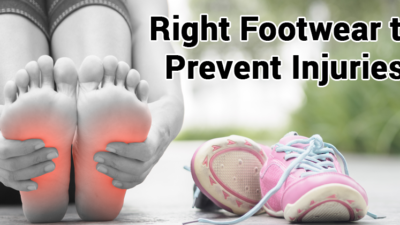One of the worst feelings is when you wake up in the morning, try to hop out of bed, and realize that you can’t because your body is stiff. While this is a sign of the aging process, it might also be a sign that you’re doing the wrong exercises.
There is a link between physical exercise and joint pain. Athletes have a window of time when they can offer peak performances to their craft because of the body ages. Thankfully, this doesn’t mean that you can’t maintain optimal health.
Consider some of the great ways you can protect your joints as you improve your physical fitness.
Supplements
Consuming the right supplements can help you protect your joints or avoid the pain that comes along with joint pain. Options such as Turmeric and Boswellia are scientifically-proven to provide anti-inflammatory effects on the joints.
As CBD continues to grow in popularity, more people recognize how medically beneficial the compound is for people who are looking to alleviate pain and protect their joints. Just be sure to consume the right dosage in order to achieve the benefits.
Elliptical Machine
According to research done at the NCBI, an elliptical machine provides an excellent low-impact cardio workout without damaging your joints. You can enjoy a 30-minute workout that gets your heart rate out without feeling the woes of achy joints.
Now, if you’re overweight or obese, be mindful of the intensity level you set the machine on. This is because higher numbers will cause your feet to work harder.
As a result, this might place some strain on your ankles. As you lose weight, you can adjust the intensity accordingly.
Swimming
Swimming is one of the most dynamic ways to protect joints while achieving a full-body workout. Not only is swimming amazing for a great cardio workout, but it’s wonderful in the strength-training arena because of the resistance water provides.
Plus, 90% of your body is supported by the water. This decreases the chances of feeling intense pain during the workout.
Walking
Walking is another low-impact way to exercise. The key is to make sure you’re wearing shoes that offer support. Remain mindful of the surface you’re walking on. The studies are pretty mixed when it pertains to whether walking on a treadmill is better than walking on the pavement.
However, if you can, consider trying a local track. You can also mix things up by trying a variety of options. If you do the high school track on Mondays and Wednesdays, try the treadmill on Tuesdays and Thursdays.
With the right exercises, you’ll feel a difference in the way your body moves and functions. It’s also wise to see a physician about any concerns you might feel in your joints.
If you’ve injured or torn something, don’t overdo any exercise. Instead, be proactive about your treatment and recovery process. If you delay treatment on any portion of your body’s recovery, you’ll physically pay for it later on.







 This article changed my life!
This article changed my life! This article was informative.
This article was informative. I have a medical question.
I have a medical question.
 This article contains incorrect information.
This article contains incorrect information. This article doesn’t have the information I’m looking for.
This article doesn’t have the information I’m looking for.